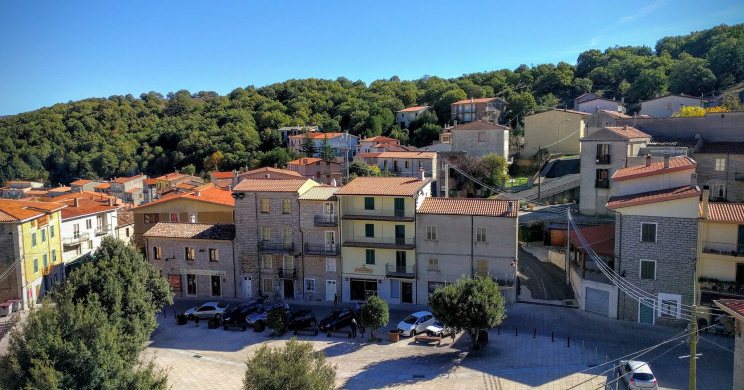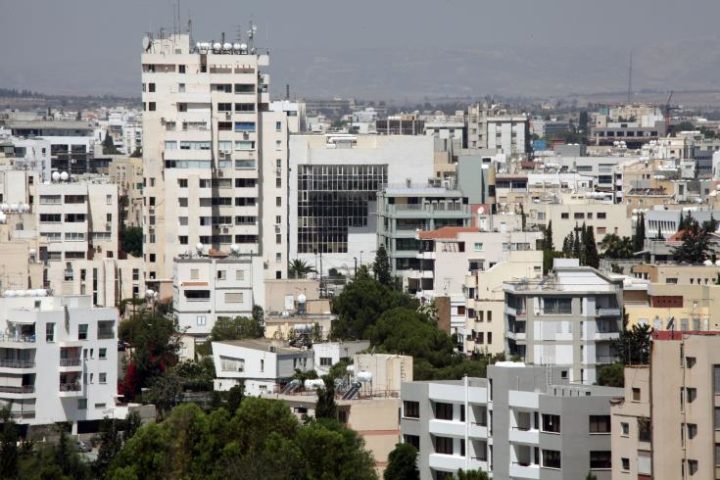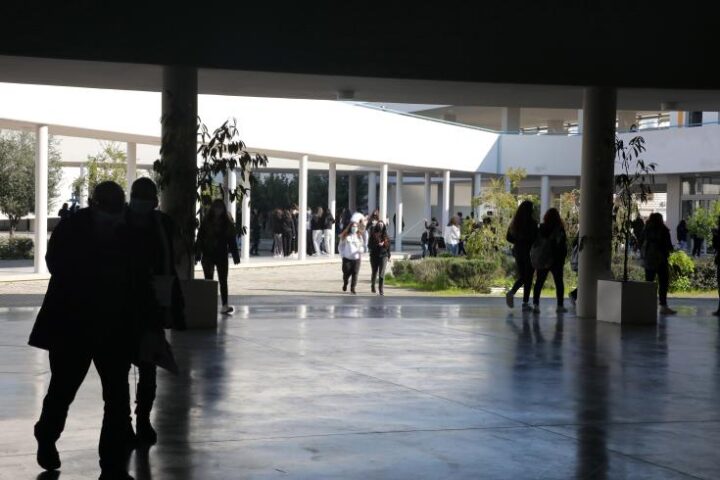In the news recently, you may have seen that certain Italian villages are offering their properties for sale for as little as one euro.
These communities are out of the way villages and not so much sought after areas of Italy that are suffering from the migration of the locals to larger cities in Italy or elsewhere in the EU.
Younger people seek better work opportunities; others leave for education or to widen their horizons.
As a result, around 2,500 Italian villages are fast depleted, and more ghost towns despite their charm and attractions.
The local authorities of these villages are desperate to attract new inhabitants to support the remaining locals and preserve the existing buildings, most of which are of historical interest, in a derelict state and should be protected.
Buying a house for €1 in such circumstances does not mean necessarily it’s for free.
Purchasers should renovate the units and live there for some time, thus injecting into the local economy.
Those who can offer job opportunities to the locals have a most welcoming reception.
Small businesses such as sweet making, Airbnb, and the creation of workshops attract more romantic Europeans, but nowadays, with 750,000 immigrants living in Italy, it provides an alternative housing location.
Migrants from Africa, Syria, etc., are not welcomed, and in fact, some mayors of these villages were slapped with long sentences (up to 7 years in prison) for encouraging this sort of mindset.
Those eager to grab the opportunity to buy a “cottage” in Italy for one euro must be aware that they will need a considerable amount of added investment.
The one euro can differentiate upwards depending on the required renovation.
The reporter who carried out the investigation estimated that at least €50,000 is required to make a small one-bedroom unit livable in addition to the original purchase price.
Should we imitate this planning to offer some added hope for reviving our remote and dying villages?
Definitely not, since such one-euro units are not on the market, not even in ruins.
Similarly, Cypriots do not sell their properties in whatever state they are unless they receive offers at market value.
One must consider local attitudes towards migrants.
For example, I take Tala, Emba and other villages with a relatively high concentration of refugees whose arrival brought about a general reaction by locals and protests, even tension and violence.
Italians are not so much attached to their original family homes and are more eager to eliminate the expense or problems that such abandoned buildings create.
In contrast, the anti-immigrant feeling in Cyprus is stronger than elsewhere.
Cyprus offers several incentives for rural living, especially for the preservation of buildings; it offers grants, long-term loans, lower subsidised electricity bills and heating fuel, and other incentives for creating workshops.
Easier said than done since there are related problems regarding schools and entertainment, which puts off young families and those who return to such villages, whom we call ‘Mountain Heroes.’
Notably, the pandemic and the restrictions on travel abroad have encouraged town dwellers to visit such villages in increasing numbers.
Over weekends and summer holidays, restaurants seem to be doing well; some are even full for 2-3 days per week.
This increasing interest came about also by the heavy infrastructural investment regarding better services and roads, such as the new Limassol-Moniatis, and Kokkinotrimithia-Troodos roads.
Proof of the increased interest is the acquisition by foreign investors (mainly) of aged hotels, another indication of a better future.
So, do not count on the one-euro sales happening in Cyprus any time soon.
By Antonis Loizou, Real Estate Valuer, Estate Agent & Property Consultant










